In the retro gaming community, where people are searching for any obscure or bizarro items they can find, an obscure Nintendo DS model isn’t something that comes up often in conversation. The Nintendo DS ML started popping up on sites like AliExpress as a ”brand new” Nintendo DS sometime during the early days of COVID.
Naturally, this prompted the community to throw money at it out of a combination of curiosity and boredom. What they found was a bizarre Frankenstein of unknown origin, which has since gone on to sell upwards of ten thousand units.
Where The Heck Did It Come From?
Chinese aftermarket and re-shelled consoles are not a new thing. China has been producing counterfeit Nintendo consoles since as far back as the early 1980s. These historically range from clones like the Little Tyrant to more modern fan-centric stuff like the BoxyPixel units. In the 2000s, the Chinese government banned the sale of video game consoles, effectively barring companies like Sony and Nintendo from selling official consoles for over a decade.
In the case of Chinese re-shells, they can trace back to the earliest days of computing and exist for a number of reasons. For one, China’s laws have made importing many electronics difficult, especially in full retail packaging. Additionally, China is a major destination for electronic waste. Bootleg companies use these conditions to buy gray market motherboards and recycled electronics in bulk.
What The Heck Is It?
In the case of the Nintendo DS ML, that is exactly what at least one manufacturer did. Whether through gray market bulk sales from the original manufacturers or buying recycled units in bulk, this manufacturer accrued a huge number of original v1 Nintendo DS consoles and designed an entirely new shell around its components.
The form factor is closer to a large DS Lite in an attempt to capture that device’s aesthetic in a more comfortable size. The larger size allows Game Boy Advance games to sit flush with the body, a common complaint in regard to the smaller models. The plastic is noticeably cheaper than actual Nintendo units, but still on par with most Chinese handhelds.
Is It Good?
There is no doubt that the device’s larger form factor is way more comfortable than the smaller Lite, though I’d argue it lacks the ergonomics and charm of the original “Phat” model. Unfortunately, what it does retain from that model isn’t great.
The DS ML kept the original model’s displays, which are smaller, hazier, and dimmer than every model that followed. Additionally, the backlight only has two brightness modes: on and off. The original speaker is also tinny and quiet, though the difference isn’t as stark as the display’s.
The hinge feels okay, though not as good as an original unit. Still, much better than most units after two decades of wear. The back sports a bogus serial number sticker and pretty convincing text, though it lacks any Nintendo branding. Overall, it’s hard not to call it an improvement over the very first model, but every model of the DS since that model sold millions of units, and is therefore quite easy to find on the secondhand market.
Should I Get One?
For collectors, this is a really interesting device to add to your shelves. DS aficionados will instantly notice that it’s unlike any DS they’ve seen before, and it’s sure to be a conversation starter at very nerdy parties. That said, the DS ML is a tough recommendation. It does still pop up on AliExpress, often for less than $50. But at the hardware level, it doesn’t serve much purpose over other models.
Some may buy the ML for its rarity, but as an unofficial, aftermarket product, there are no sales metrics for the DS ML. I was able to easily buy one, but most of the actual information I could even find came from this excellent Hackaday article. Sales are scattered among dozens and dozens of individual sellers on AliExpress and Taobao. Some rough estimates put the DS ML’s sales at upwards of ten thousand units.
All-in-all, the DS ML has a unique and interesting place in the history of Nintendo. The DS ML shows how potentially lucrative the aftermarket economy becomes, and how a community can reshape classic devices. It is certainly not the most practical way to play DS games, but the “best-of-both-worlds” form factor and potential rarity coincide into something interesting for any die-hard Nintendo fan.
What did you think of this article? Let us know in the comments below, and chat with us in our Discord!
This page may contain affiliate links, by purchasing something through a link, Retro Handhelds may earn a small commission on the sale at no additional cost to you.
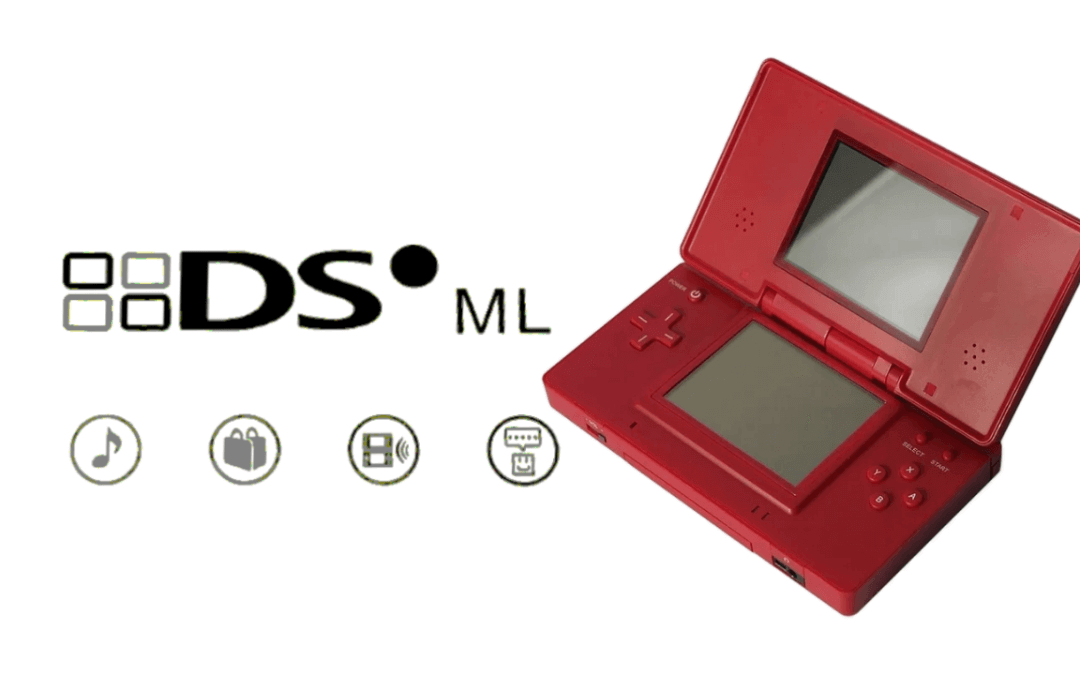
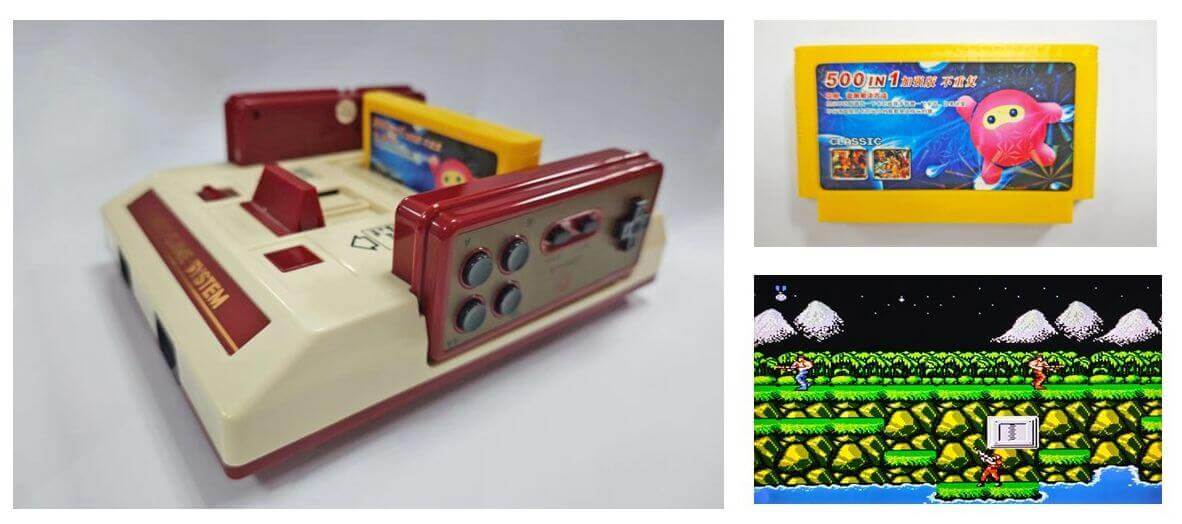
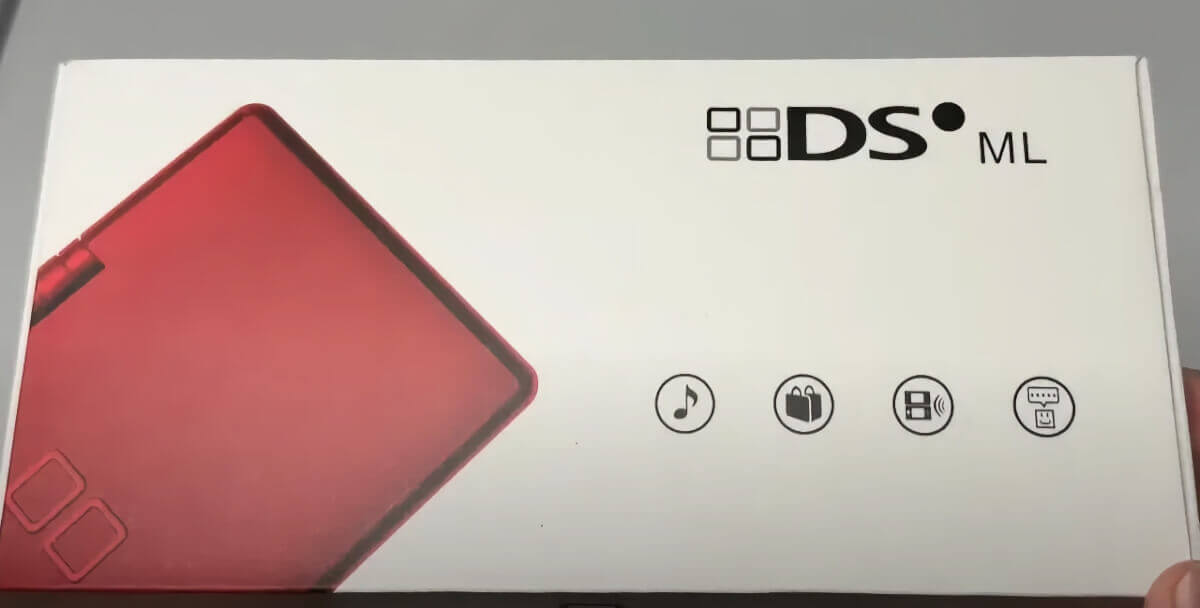
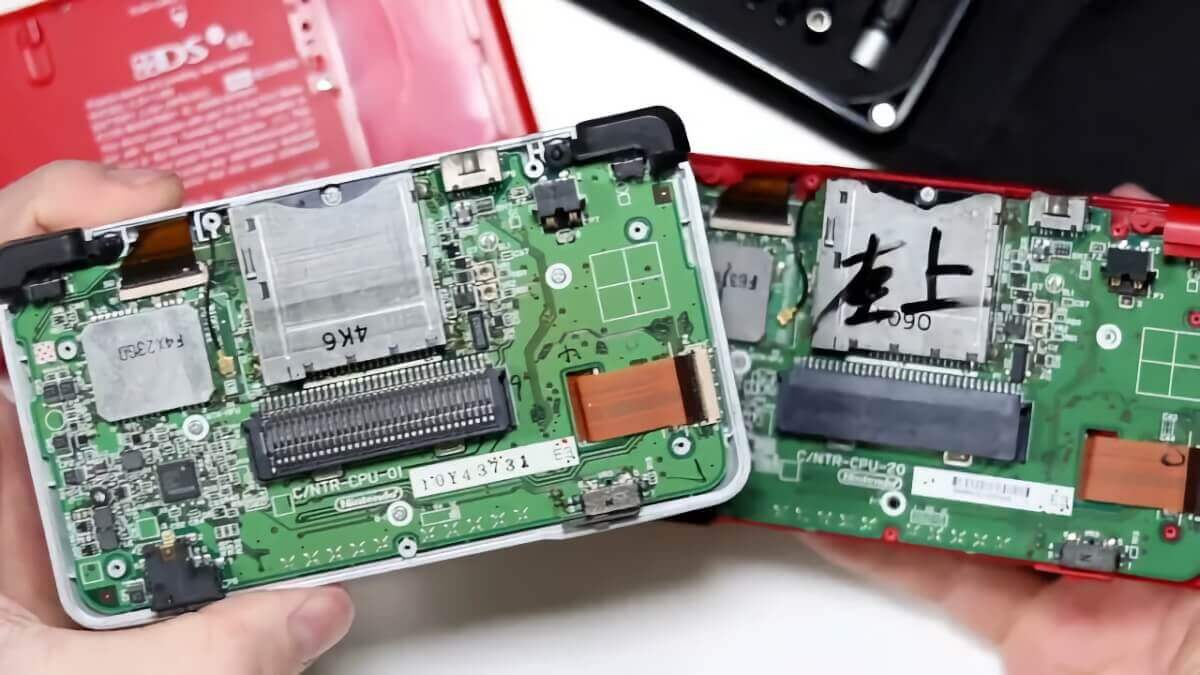
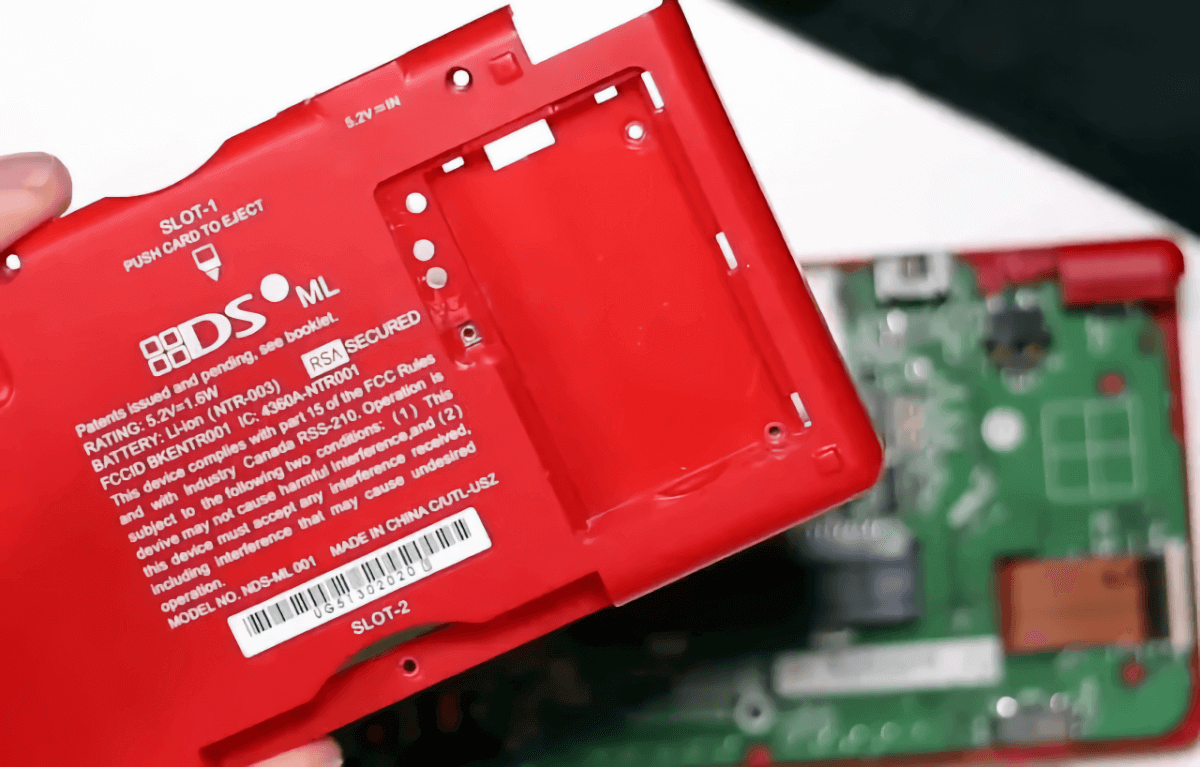
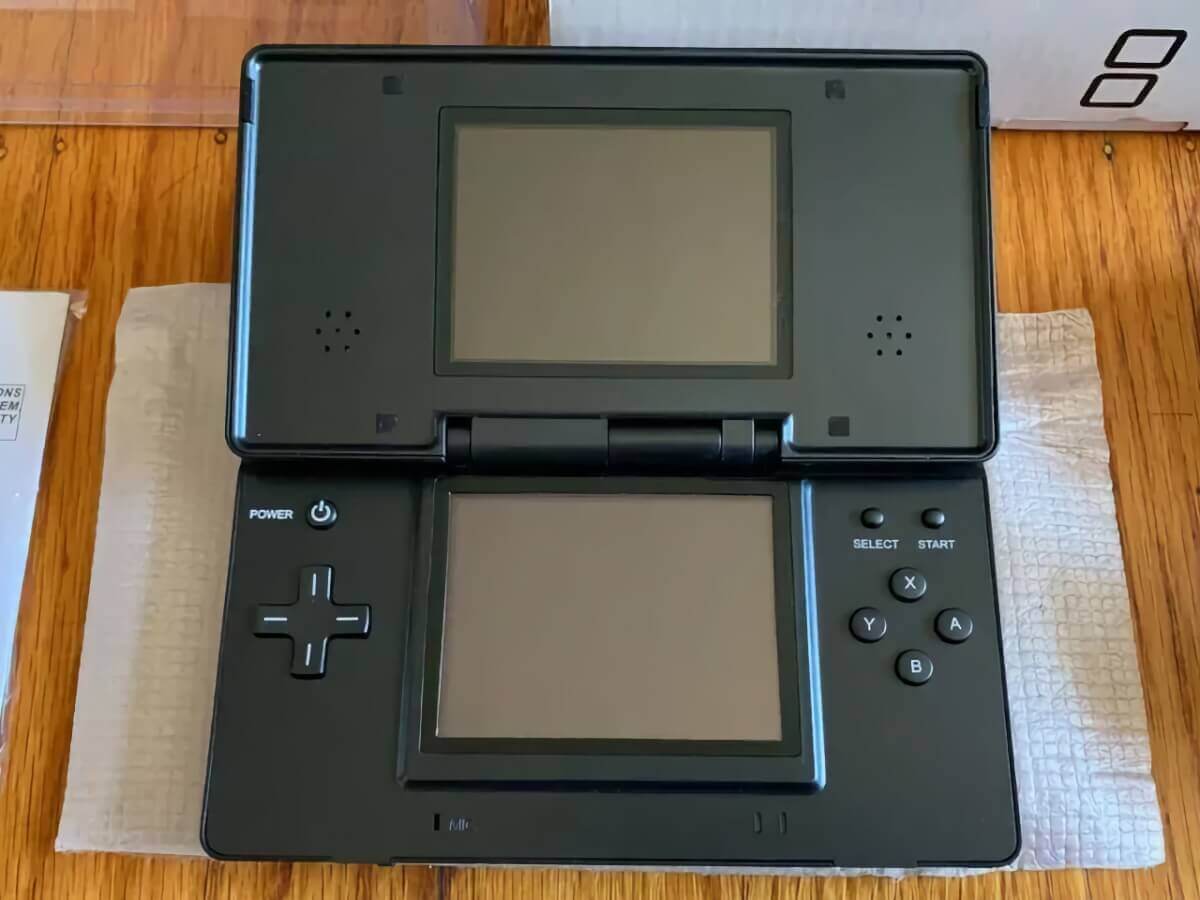
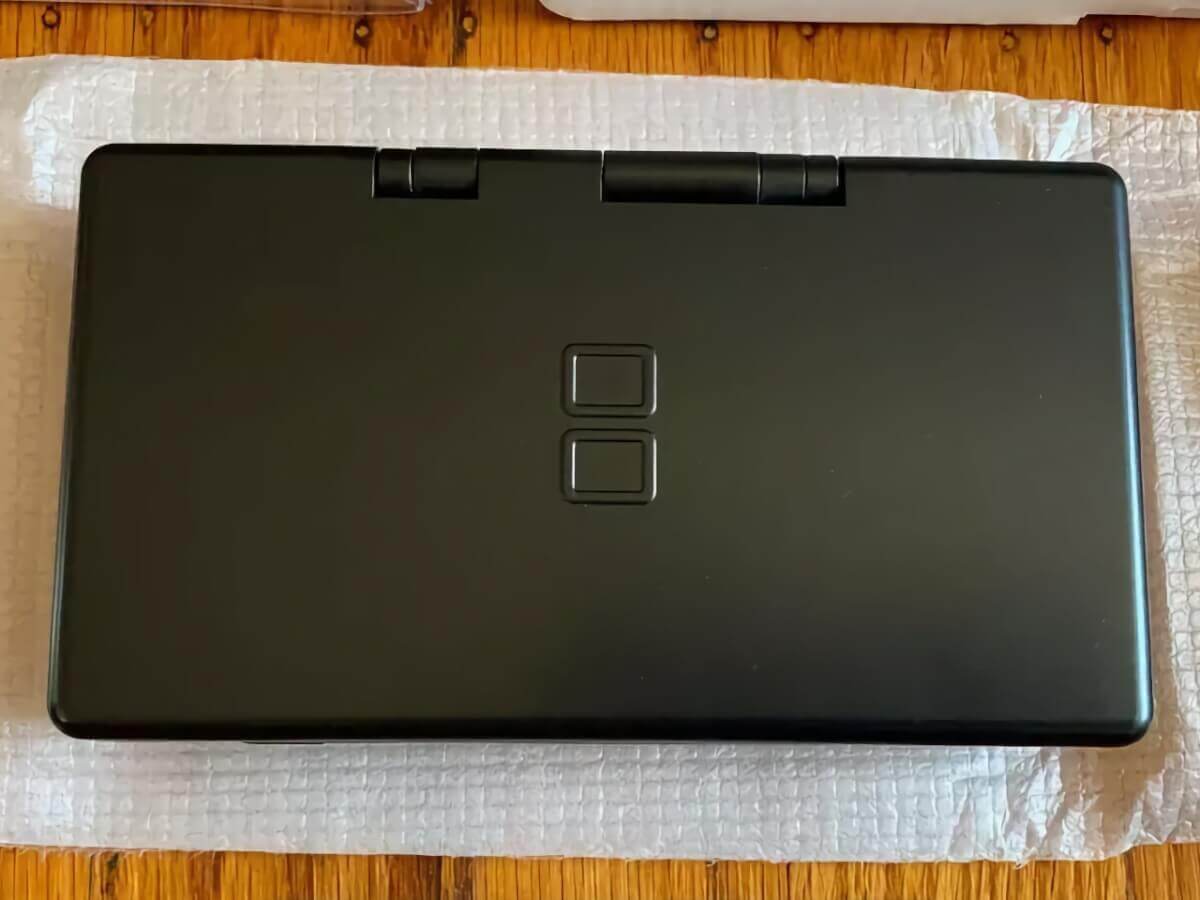
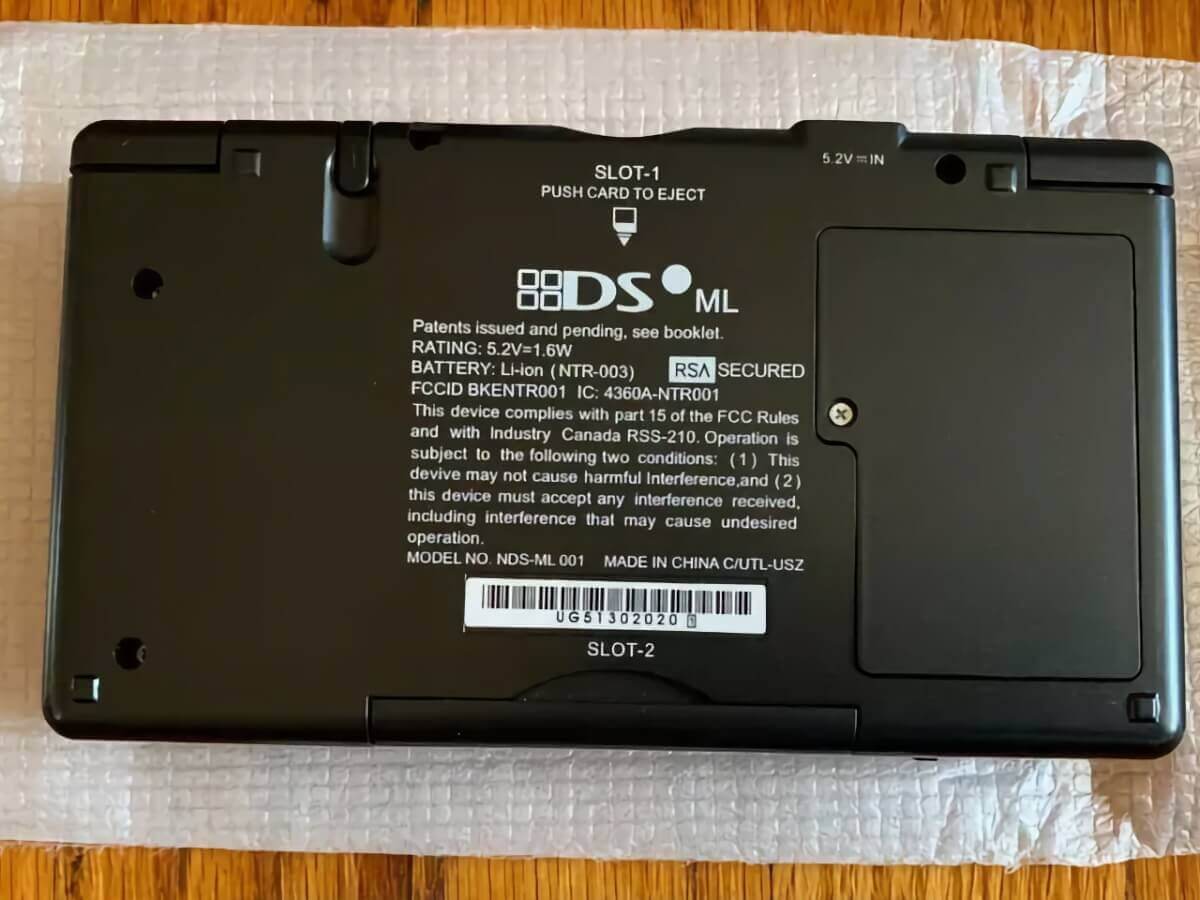
Can you send me a way and info to order 1.